Just how close are scientists to building Star Trek’s U.S.S. Enterprise?
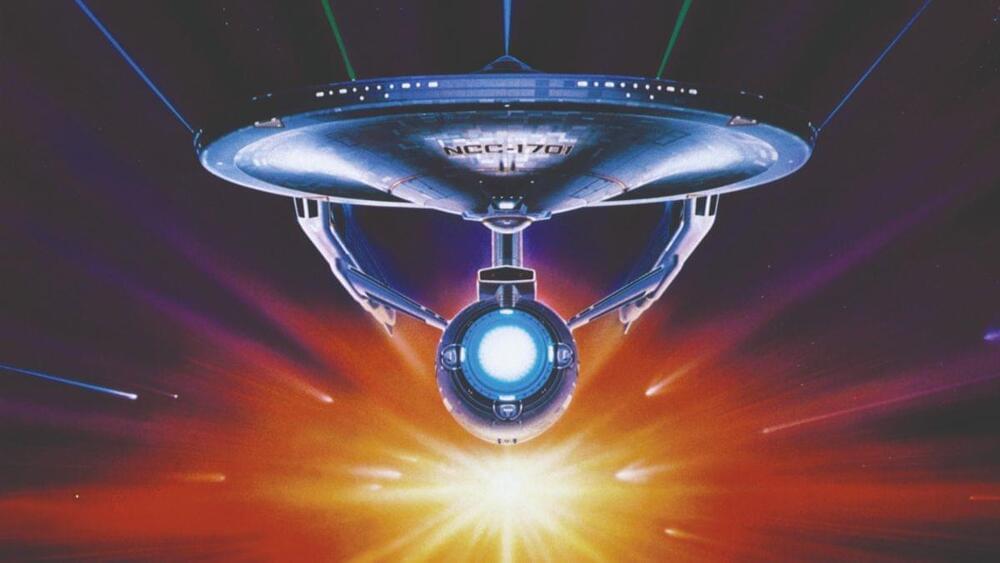

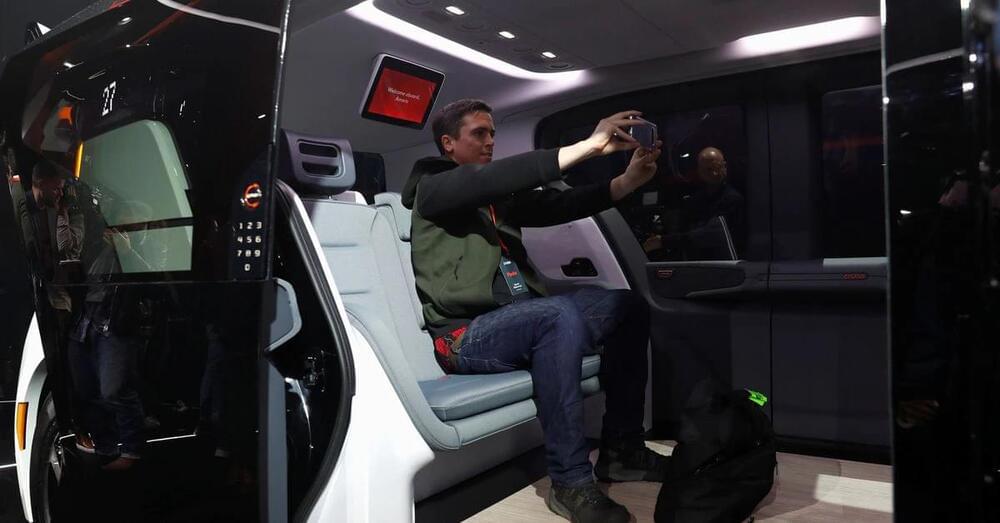
WASHINGTON, March 10 (Reuters) — U.S. regulators on Thursday issued final rules eliminating the need for automated vehicle manufacturers to equip fully autonomous vehicles with manual driving controls to meet crash standards.
Automakers and tech companies have faced significant hurdles to deploying automated driving system (ADS) vehicles without human controls because of safety standards written decades ago that assume people are in control.
Last month, General Motors Co (GM.N) and its self-driving technology unit Cruise petitioned the U.S. National Highway Traffic Safety Administration (NHTSA) for permission to build and deploy a self-driving vehicle without human controls like steering wheels or brake pedals.
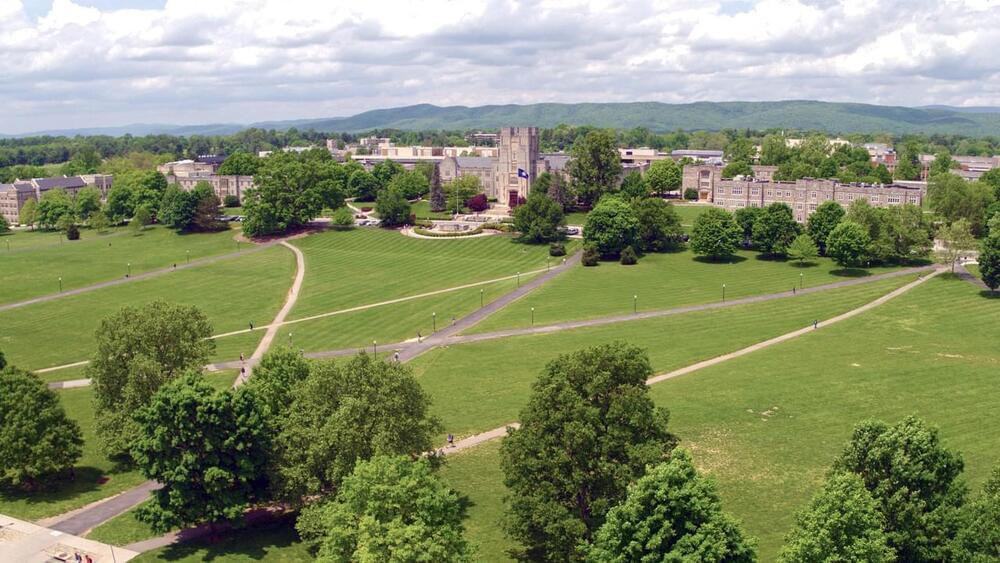
Amazon and Virginia Tech today announced the establishment of the Amazon – Virginia Tech Initiative for Efficient and Robust Machine Learning.
The initiative will provide an opportunity for doctoral students in the College of Engineering who are conducting AI and ML research to apply for Amazon fellowships, and it will support research efforts led by Virginia Tech faculty members. Under the initiative, Virginia Tech will host an annual public research symposium to share knowledge with the machine learning and related research communities. And in collaboration with Amazon, Virginia Tech will co-host two annual workshops, and training and recruiting events for Virginia Tech students.
“This initiative’s emphasis will be on efficient and robust machine learning, such as ensuring algorithms and models are resistant to errors and adversaries,” said Naren Ramakrishnan, the director of the Sanghani Center and the Thomas L. Phillips Professor of Engineering. “We’re pleased to continue our work with Amazon and expand machine learning research capabilities that could address worldwide industry-focused problems.”
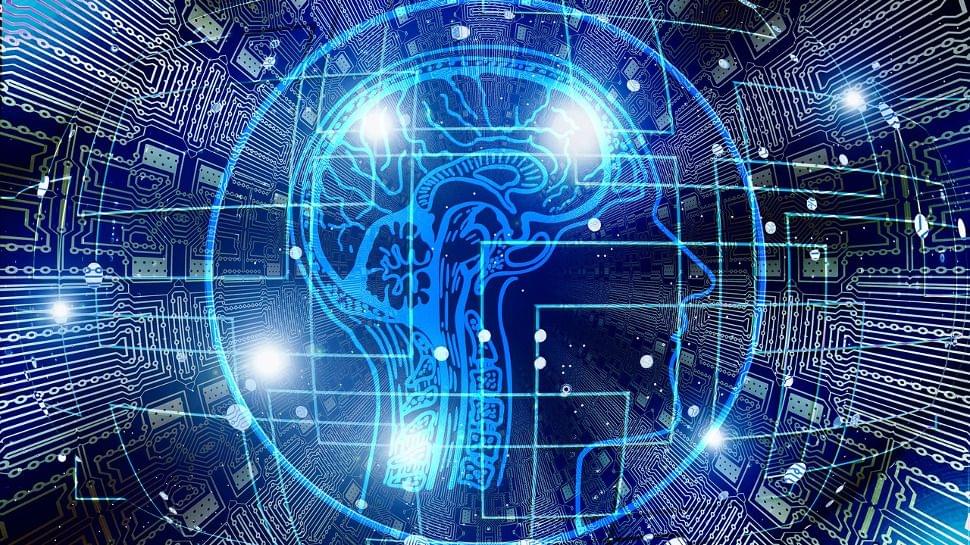
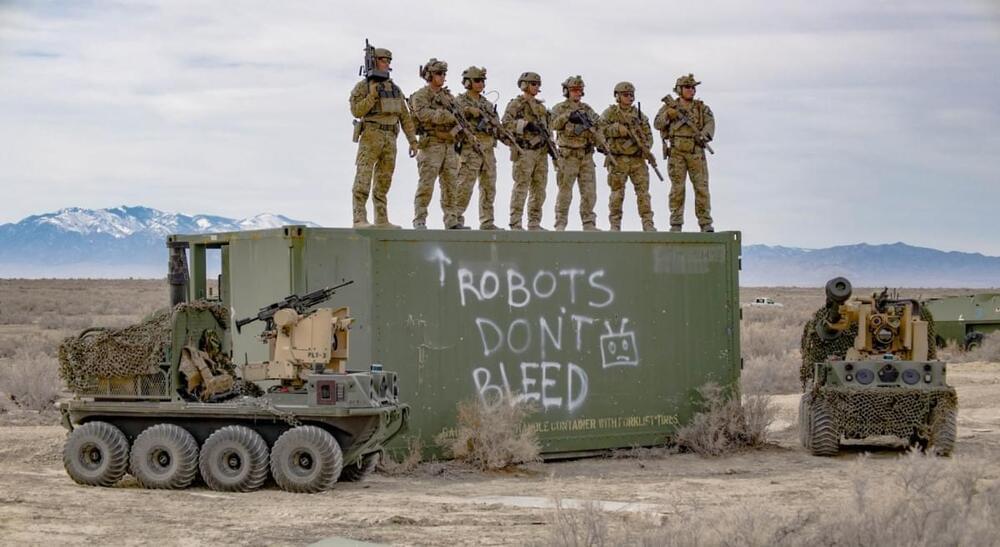
DUGWAY, Utah — Army Green Berets from the 1st Special Forces Group conducted two weeks of hands-on experimentation with Project Origin Unmanned Systems at Dugway Proving Ground. Engineers from the U.S. Army DEVCOM Ground Vehicle Systems Center were on site to collect data on how these elite Soldiers utilized the systems and what technology and behaviors are desired.
Project Origin vehicles are the evolution of multiple Soldier Operational Experiments. This GVSC-led rapid prototyping effort allows the Army to conduct technology and autonomous behavior integration for follow-on assessments with Soldiers in order to better understand what Soldiers need from unmanned systems.
For the two-week experiment, Soldiers with the 1st Special Forces Group attended familiarization and new equipment training in order to develop Standard Operating Procedures for Robotic Combat Vehicles. The unit utilized these SOPs to conduct numerous mission-oriented exercises including multiple live-fire missions during the day and night.
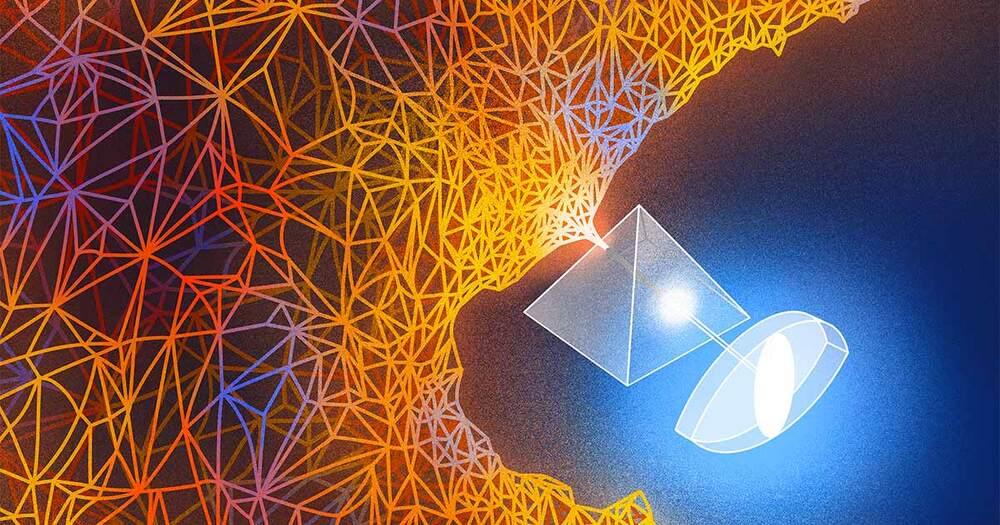

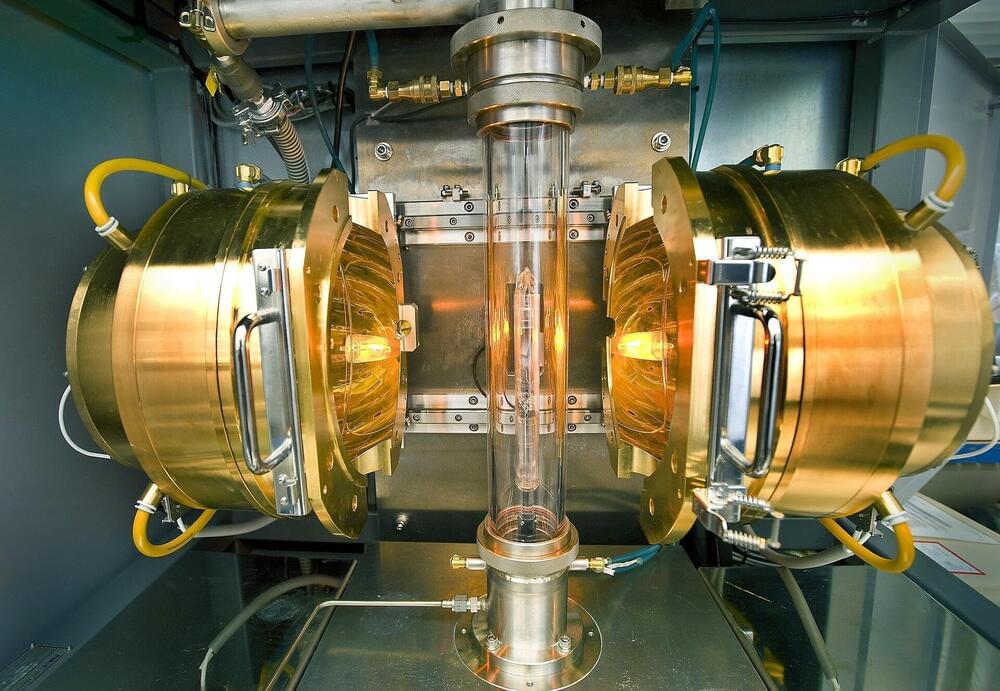
In the simplest terms, superconductivity between two or more objects means zero wasted electricity. It means electricity is being transferred between these objects with no loss of energy.
Many naturally occurring elements and minerals like lead and mercury have superconducting properties. And there are modern applications that currently use materials with superconducting properties, including MRI machines, maglev trains, electric motors and generators.
Usually, superconductivity in materials happens in low-temperature environments or at high temperatures at very high pressures. The holy grail of superconductivity today is to find or create materials that can transfer energy between each other in a non-pressurized room-temperature environment.
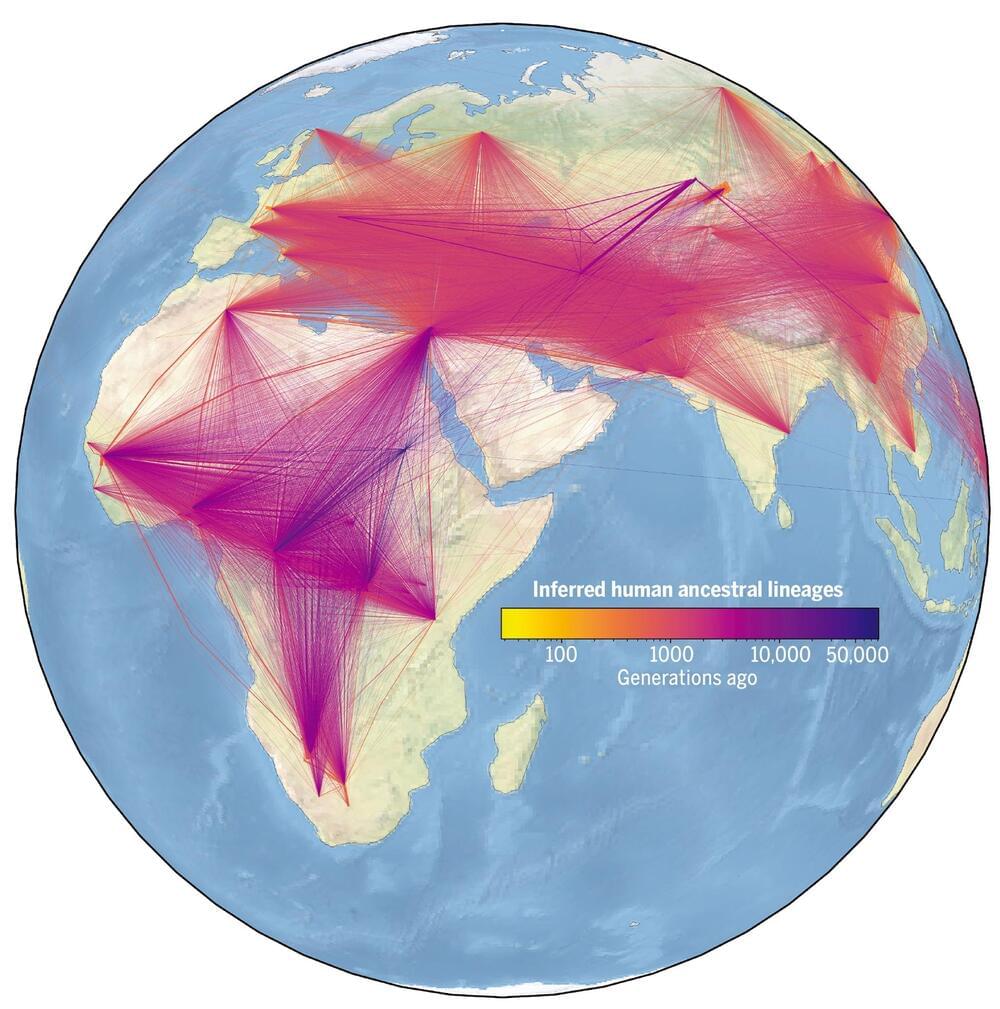
researchers have constructed the largest human genealogy to date, providing insight into key events in human history together with their timings and geographical locations.
Learn more ➡ https://fcld.ly/m4hpr34
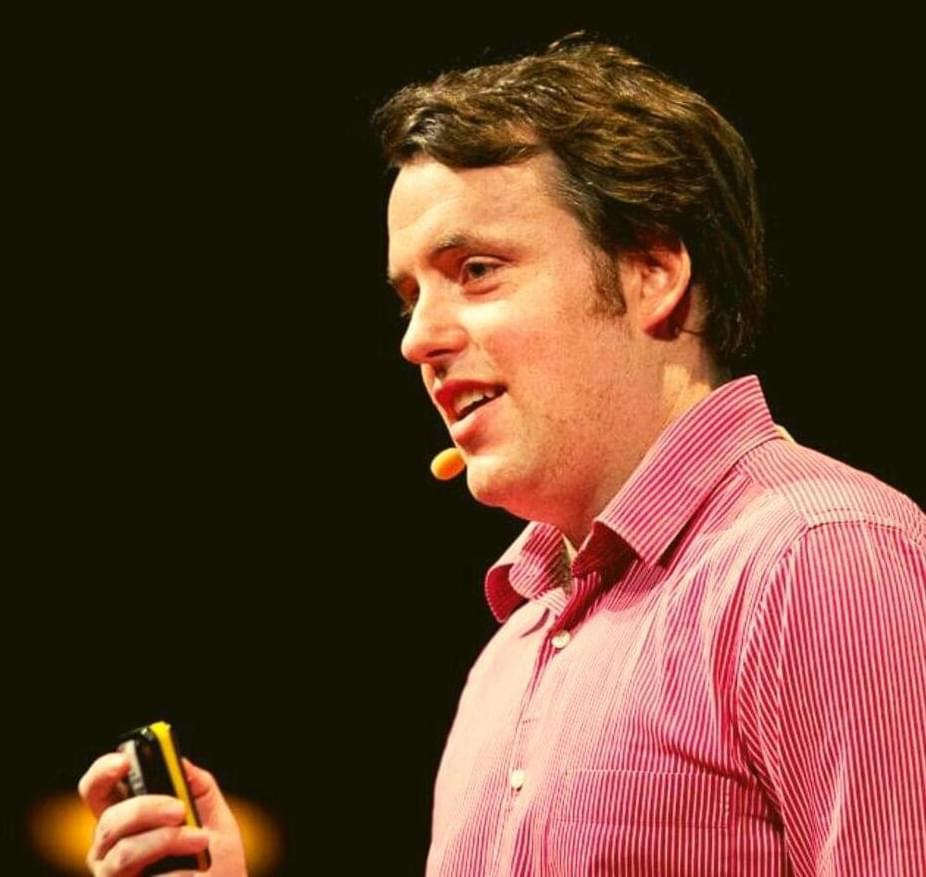
The ‘Stepping Into the Future’ conference is coming up soon — April 23-24th to be exact. It’s online and it’s free (via zoom). It will be fun & exciting — I hope you can all make it. Many of the synopses of coming talks are already online (linked to from the agenda) — so check them out.
About | Speakers | Agenda.
We are in the midst of a technological avalanche – surprisingly to many, AI has made the impossible possible. In a rapidly changing world maintaining and expanding our capacity to innovate is essential.